Outside the park, wild horse purists do not want to accept feral horses as being as valuable as their Spanish Mustangs, though the word mustang means feral. Some park horse owners claim that the earlier horses carried the blood of Sitting Bull's ponies and highly value those horses removed before the early 80s over those born in the park since then. Many owners of Nokota horses tell this story and claim that horses now in the park and those removed after the 1980s are mostly Quarter Horse crosses and of less value than theirs. It is true that the current park horses are a combination of whatever was there before settlement of the area, farm and ranch horses brought to the badlands by settlers, and horses either purposely or accidentally introduced to those existing herds since then. Who really knows what the horses' ancestry is and does that affect the current value of the horses?
Most of us, who have worked with either North Dakota Badlands Horses, Nokotas, or park horses that have not been registered with any breed, do not need to know their ancestry to see the value in these horses as companions and riding horses. They have shown themselves to be very trainable, mellow, engaging equine partners, no matter what breeds they represent. However, there is a way to find out more about their ancestry and maybe that will help us educate others as to their value in the horse world so that horses sold from the park will find good homes.
Some of the ND Badlands Horse and Nokota owners have had their horses DNA tested in order to determine what bloodlines the horses from Theodore Roosevelt National Park carry. Only a few horses have been tested at this time, but as more owners join us in having their horses tested, we may discover some interesting insights into these horses lineage. Just having tested our three horses has been exciting as we see what bloodlines they have.
Fire, Henry's 9 year old North Dakota Badlands Horse, has been determined to have strong, but not direct Thoroughbred influence with Irish breeds 1st, and Eastern and Western European Warmblood as 2nd and 3rd. Hail, our 2 year old NDBH has heavy draft, (Shire, Clydesdale) as 1st, Irish breeds 2nd, and non-Arabian Oriental as 3rd. Hawk, the 3 year old NDBH that I have featured here, is called "mainly Spanish," with South American Criollo 1st, Eastern European Warmblood as 2nd, and Brazilian breeds as 3rd. Irish and European Warmblood seems to be the most common in those few who have been tested with only one NDBH showing much, if any, Quarter Horse blood.
If for no other reason, it is very interesting and exciting to find out what bloodlines our horses carry, but we also plan to make up a data base of the results of tested horses. Therefore, we are encouraging anyone with a horse that can be proven to have come from the park or whose lineage goes directly to horses from the park, to have their horse tested and get the results back to us. Go to FaceBook, North Dakota Badlands Horse Registry to get details.


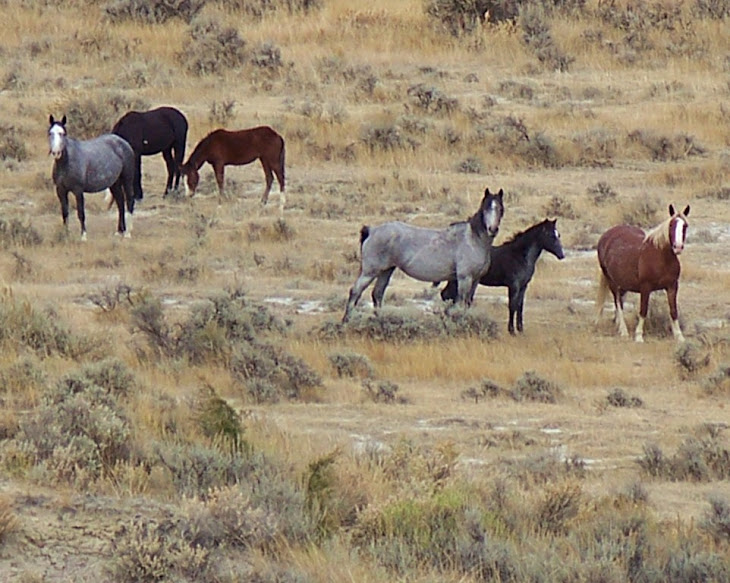
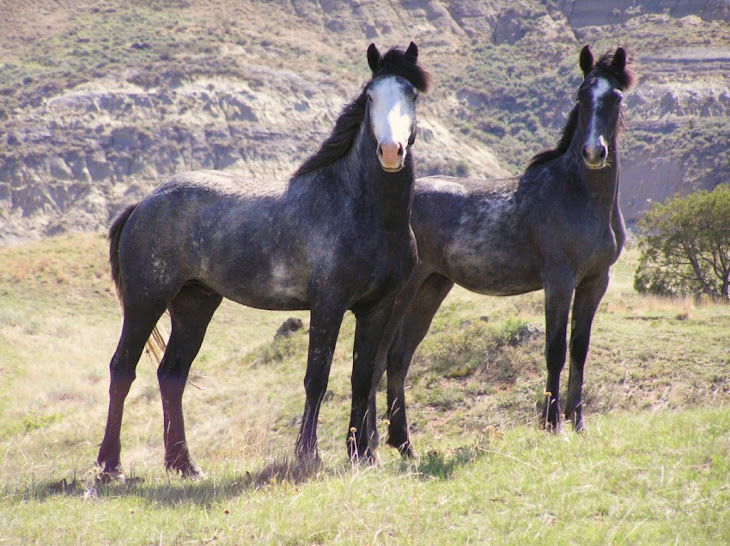









































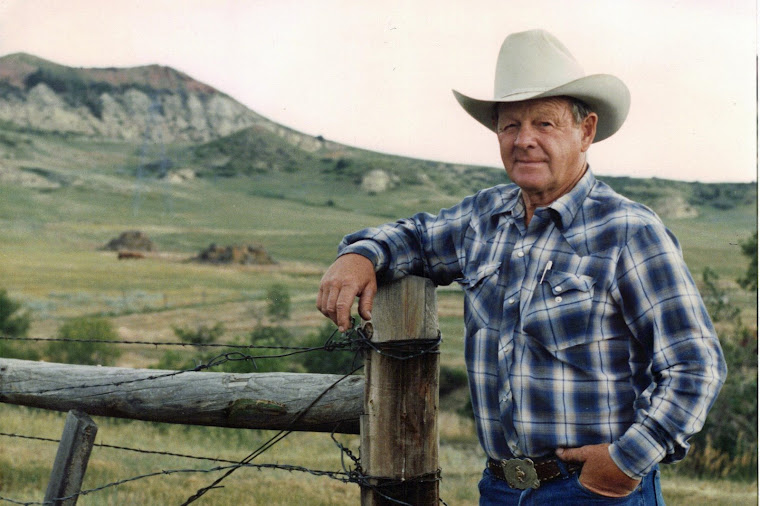
























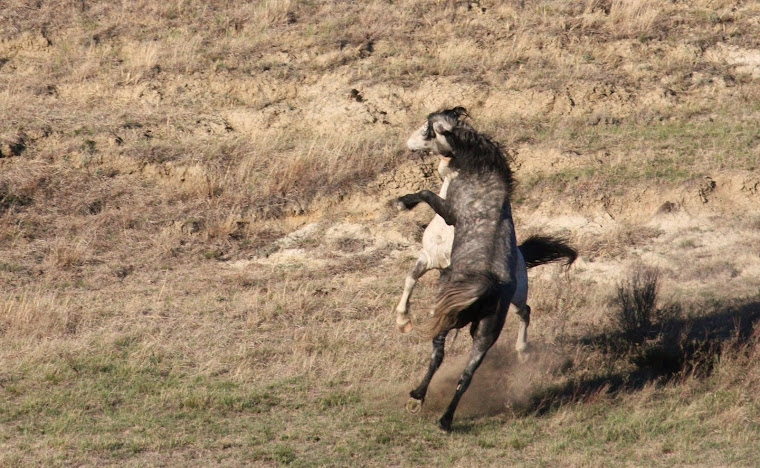













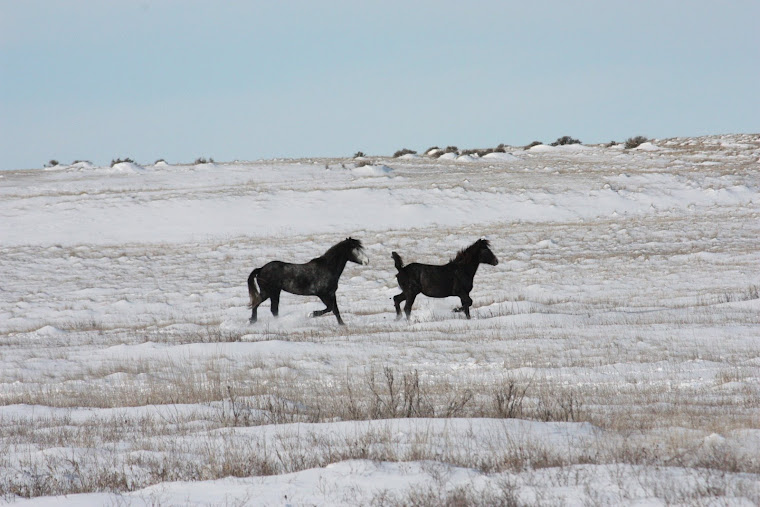
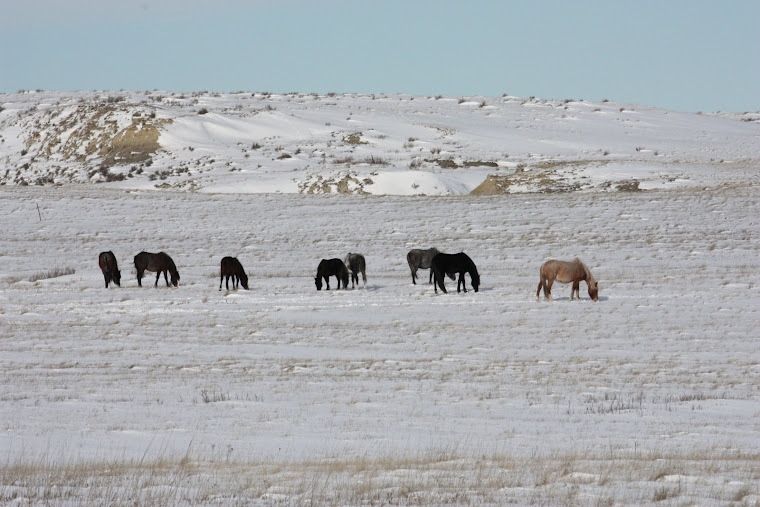
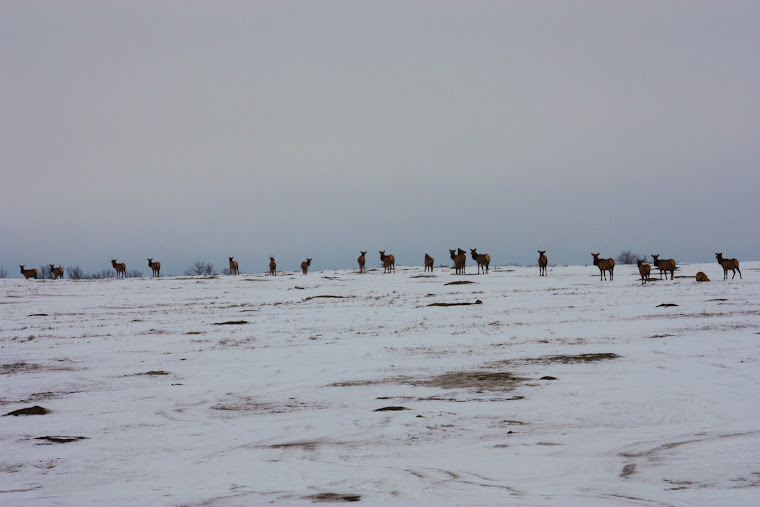
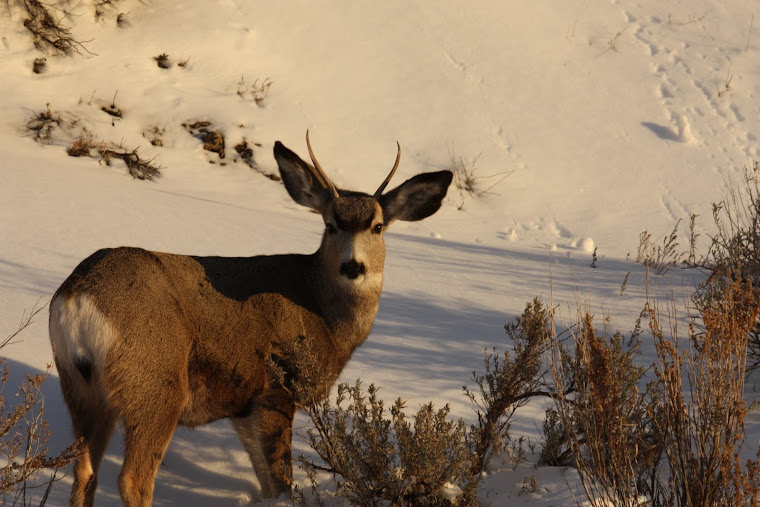




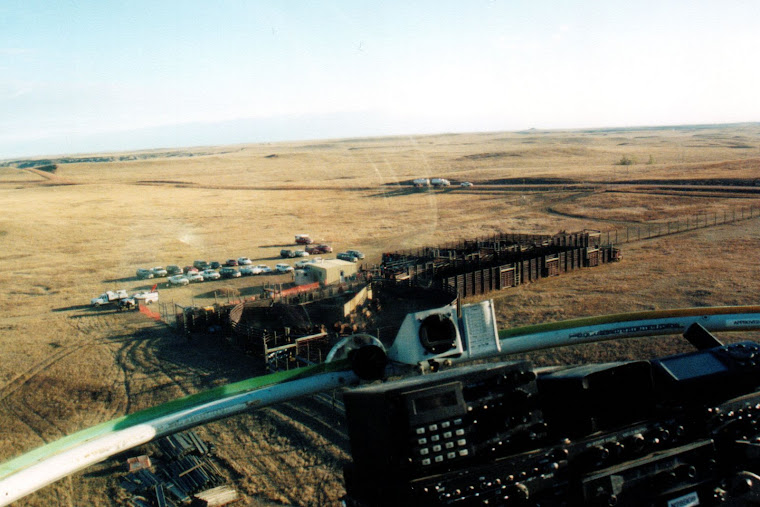
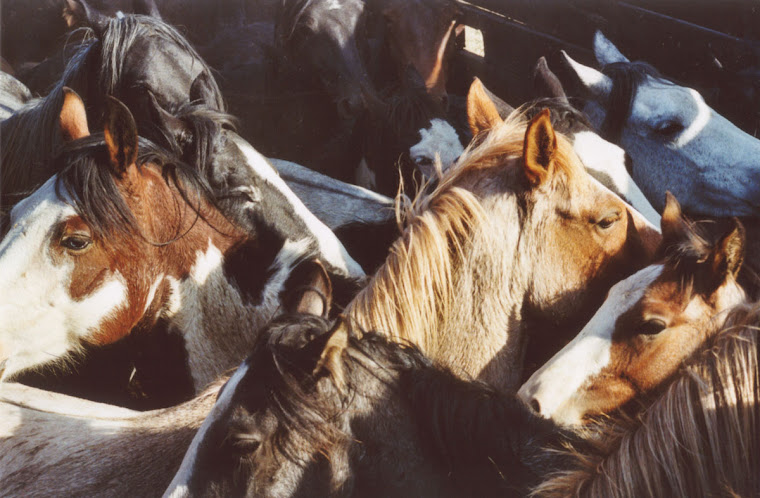
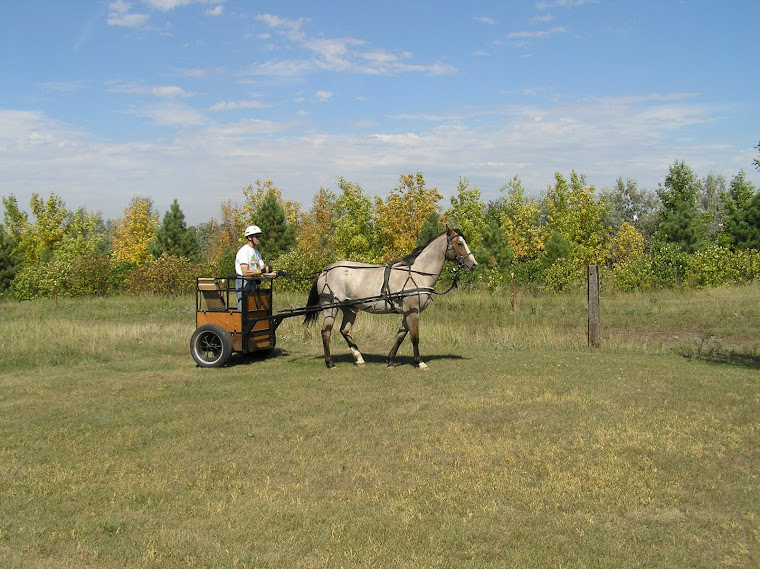
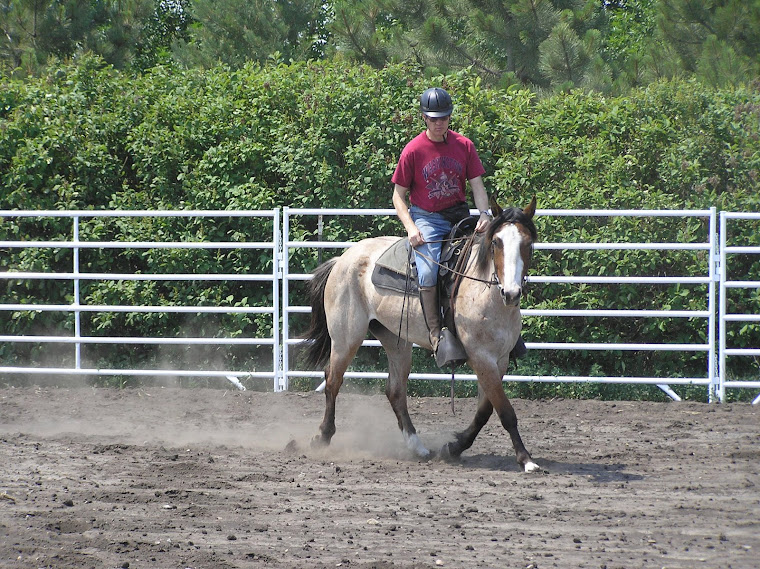

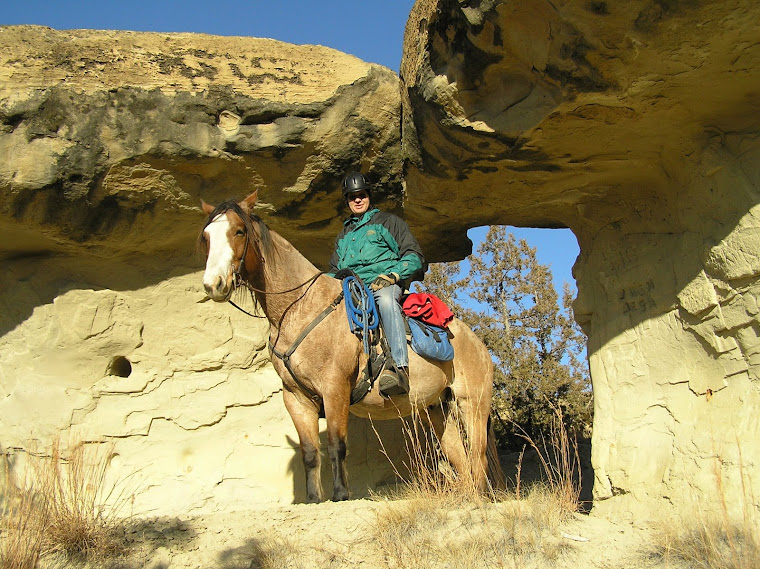



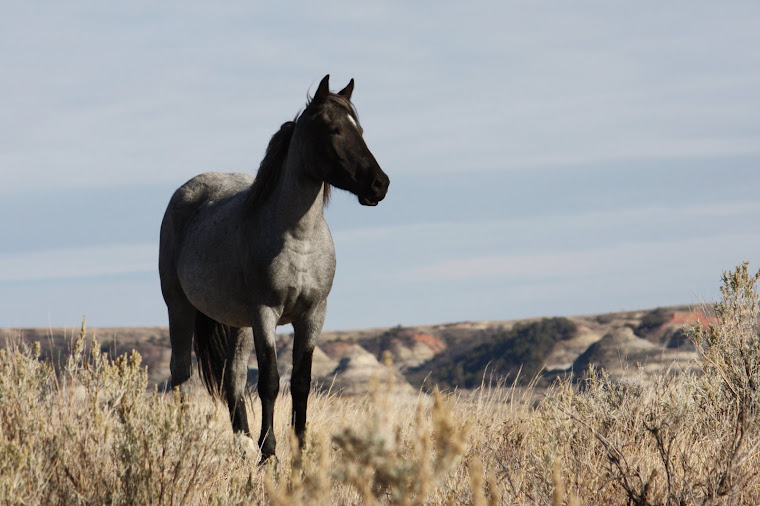


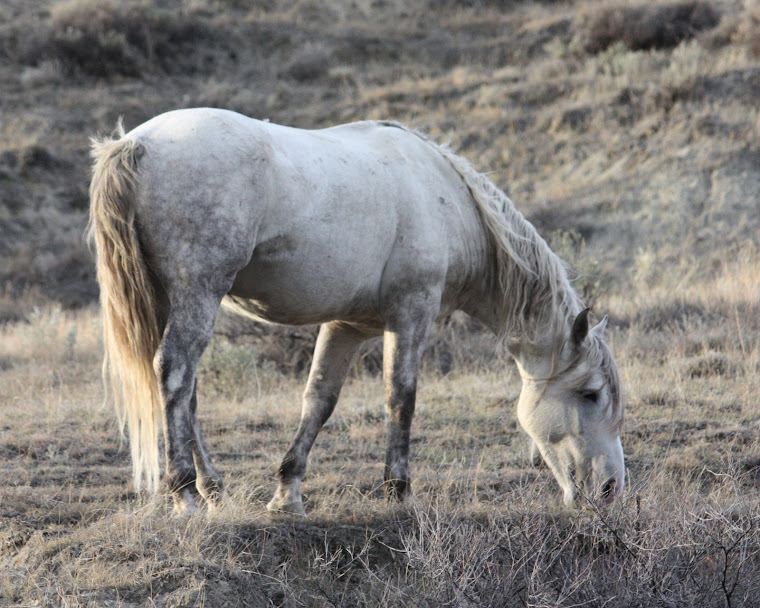
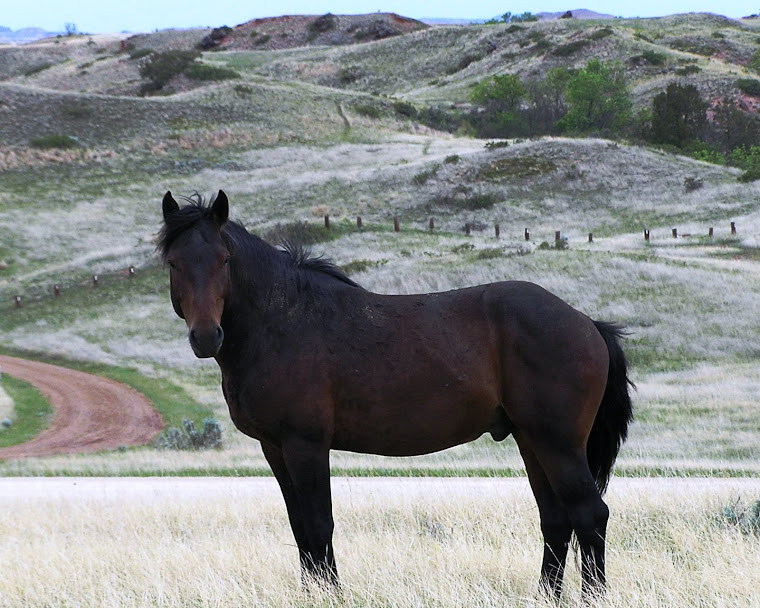

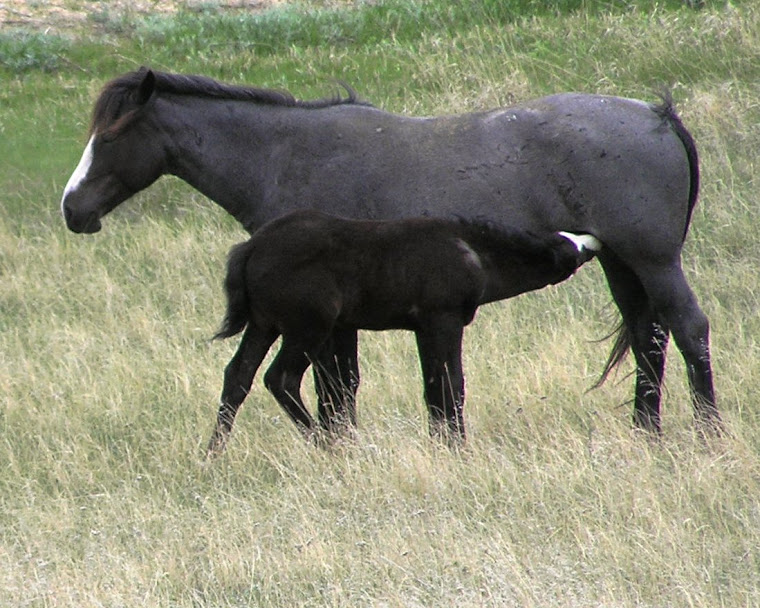

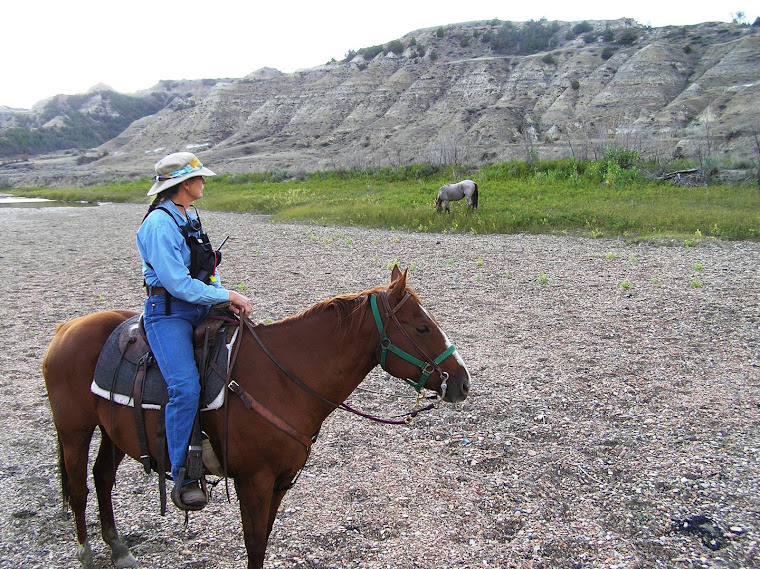
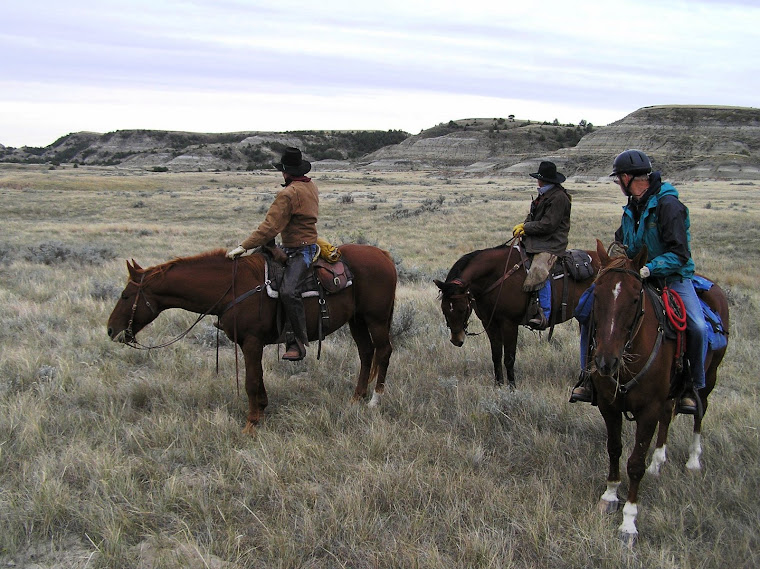
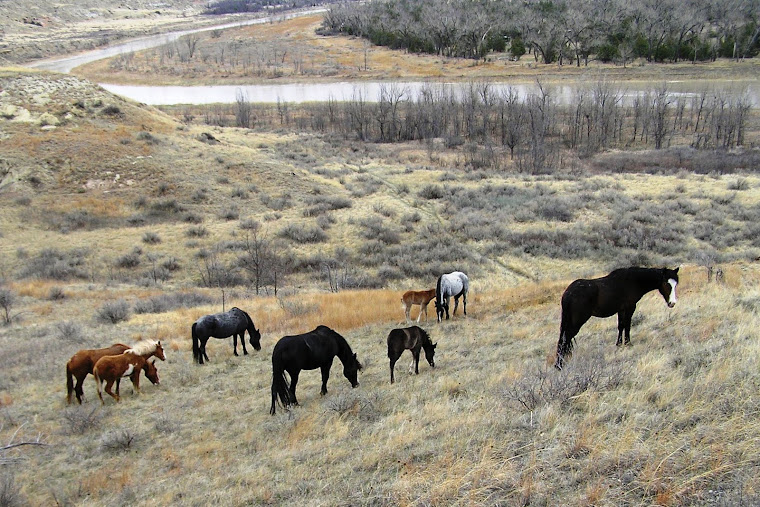
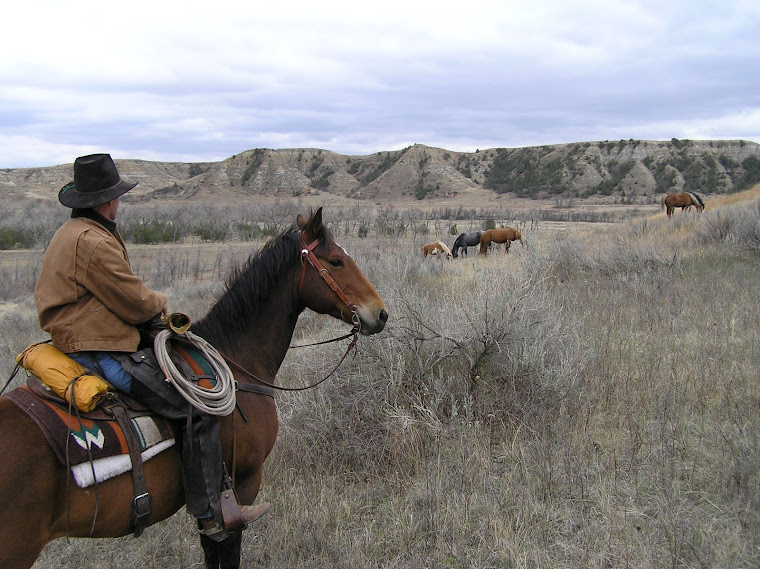

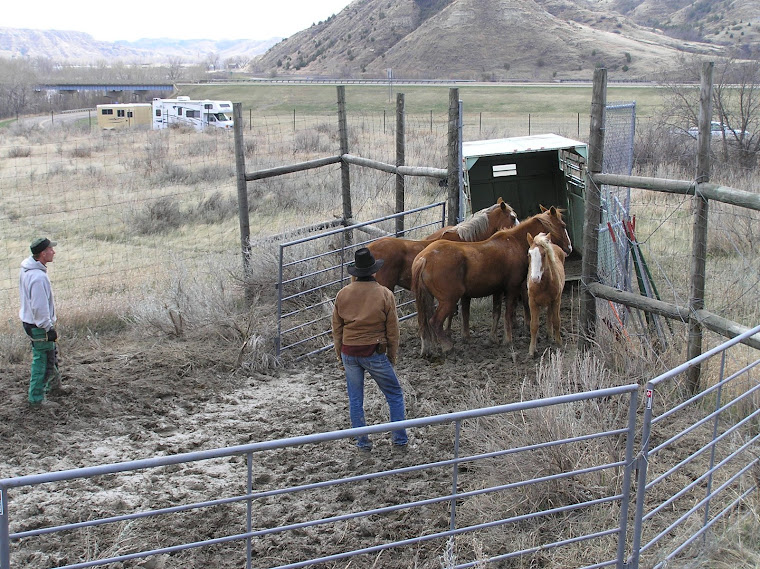
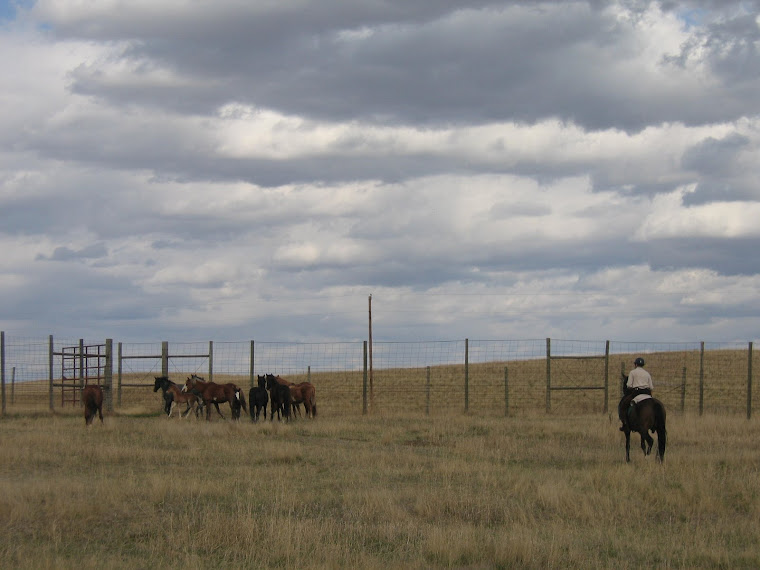
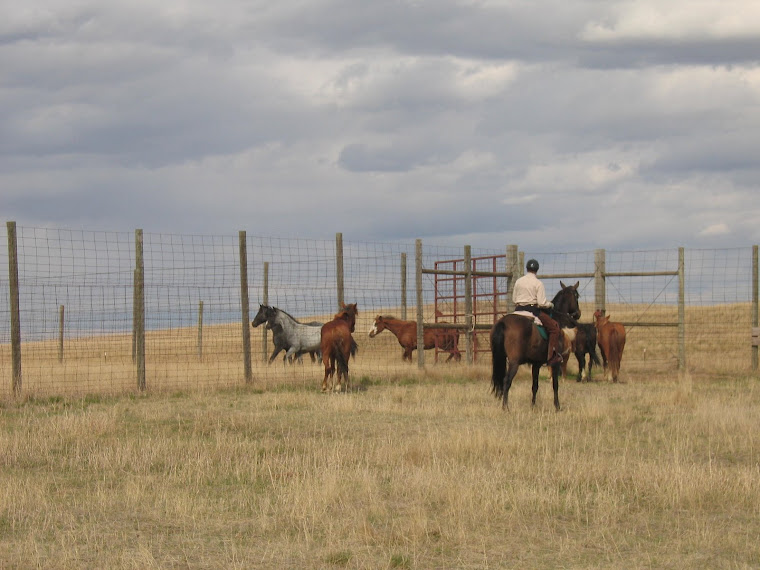
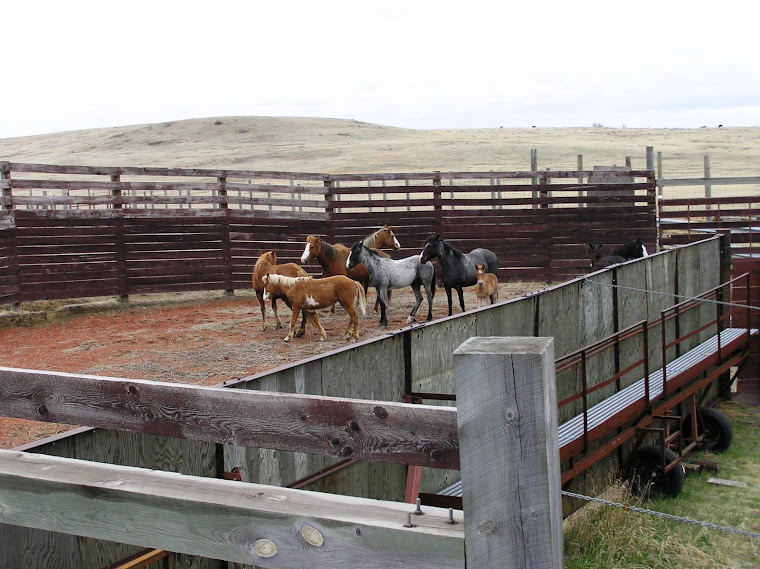


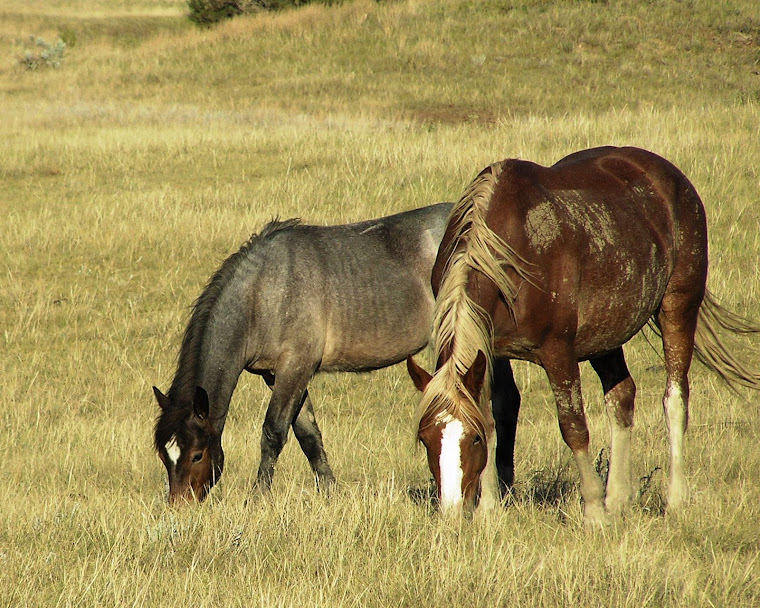

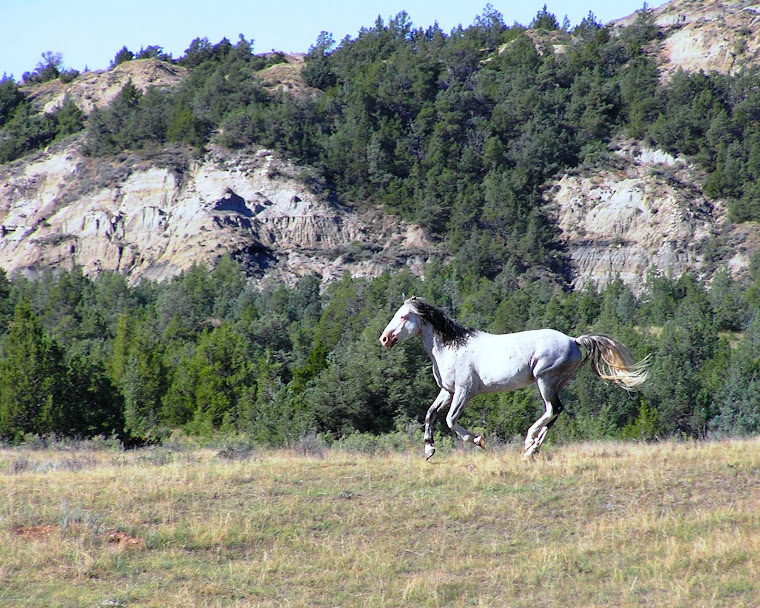
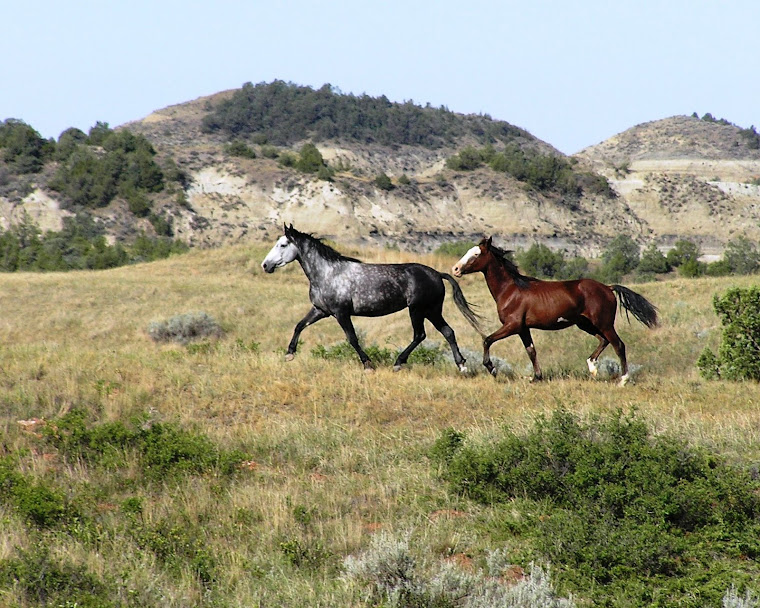
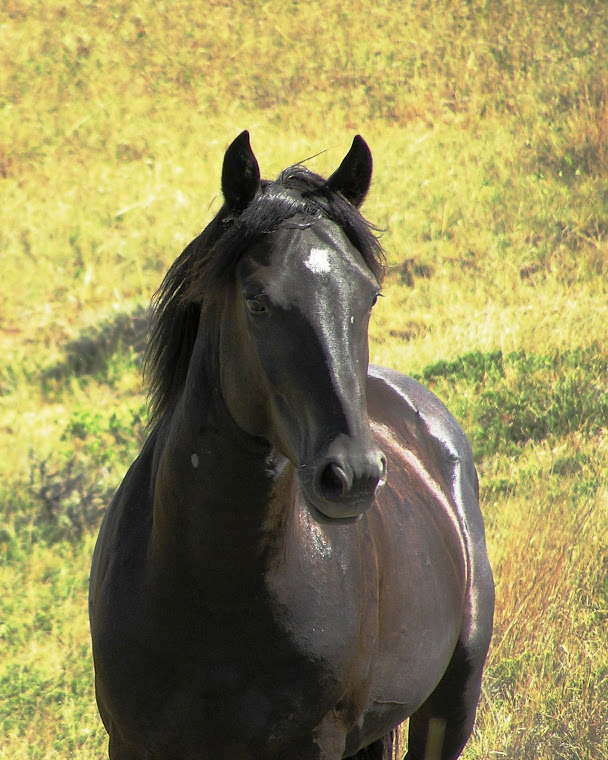

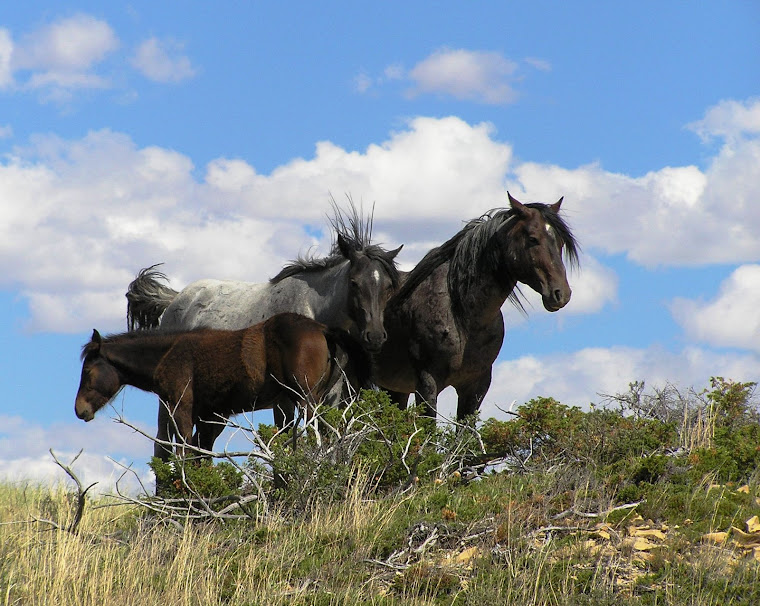



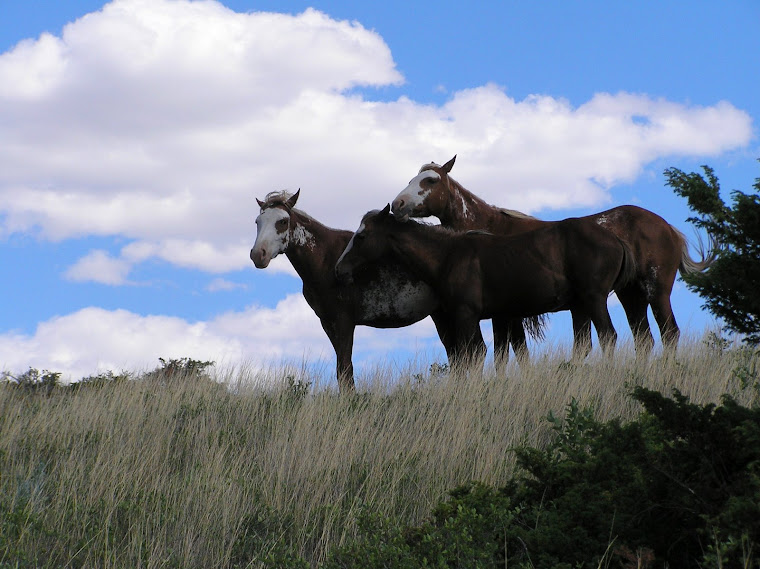


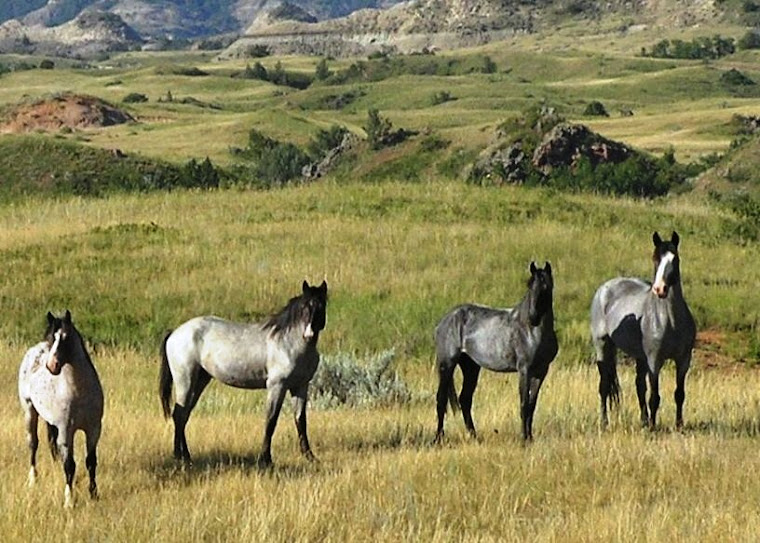
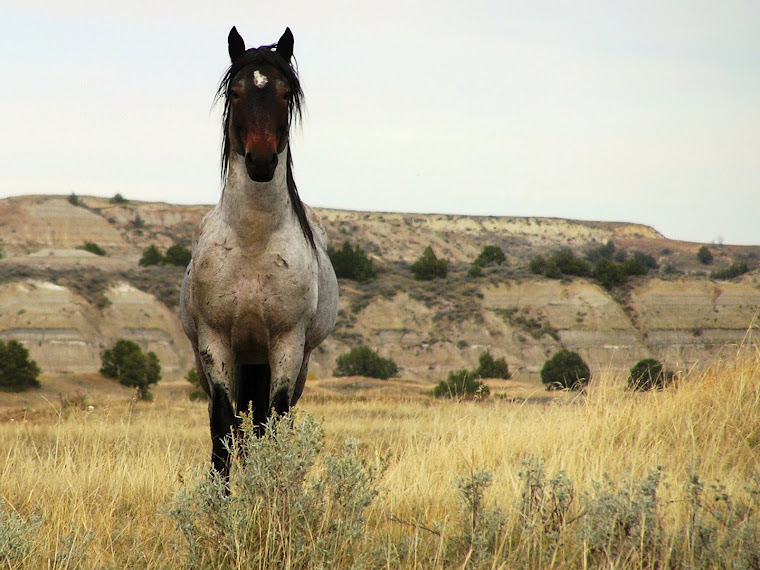
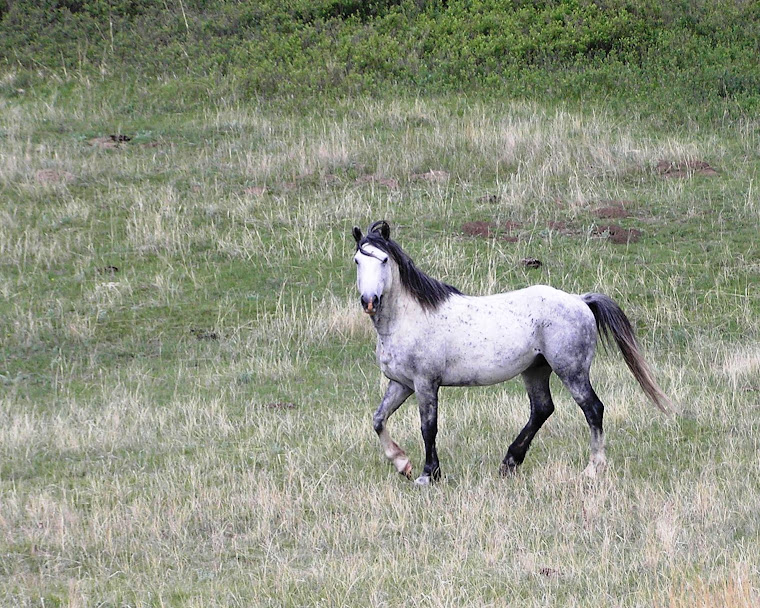

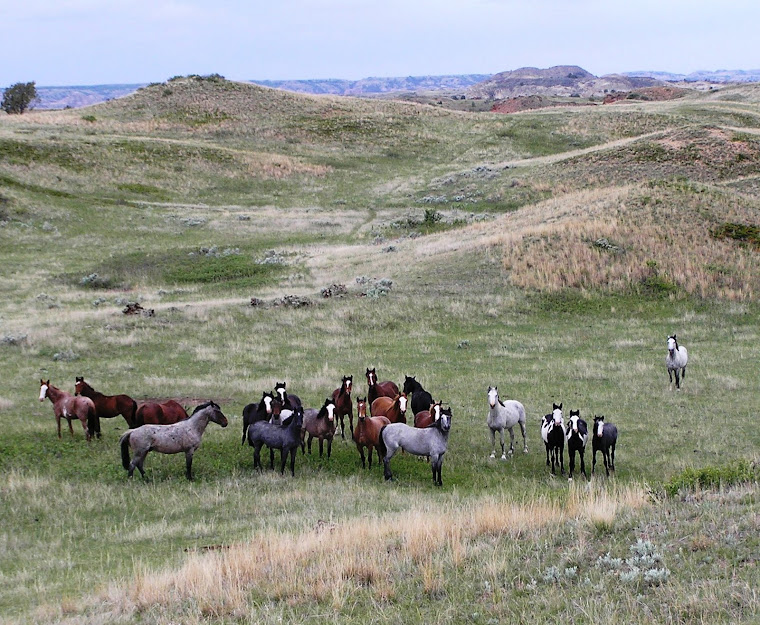
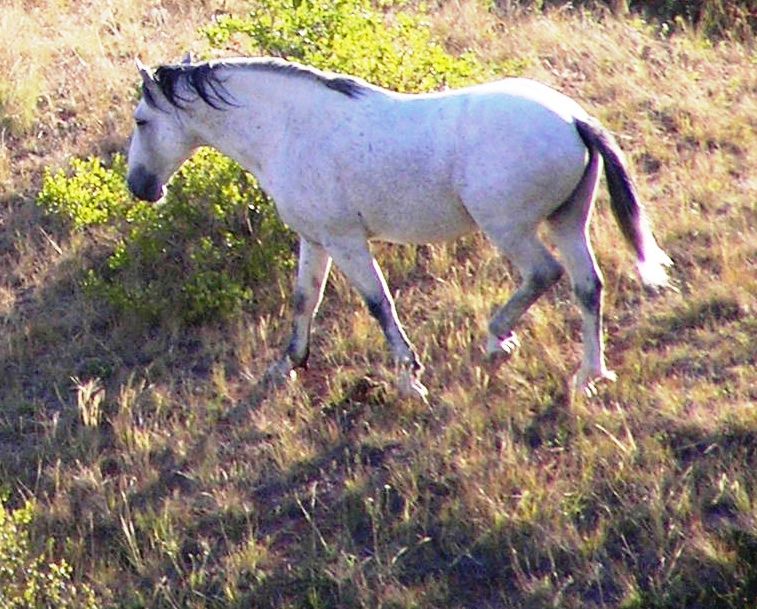
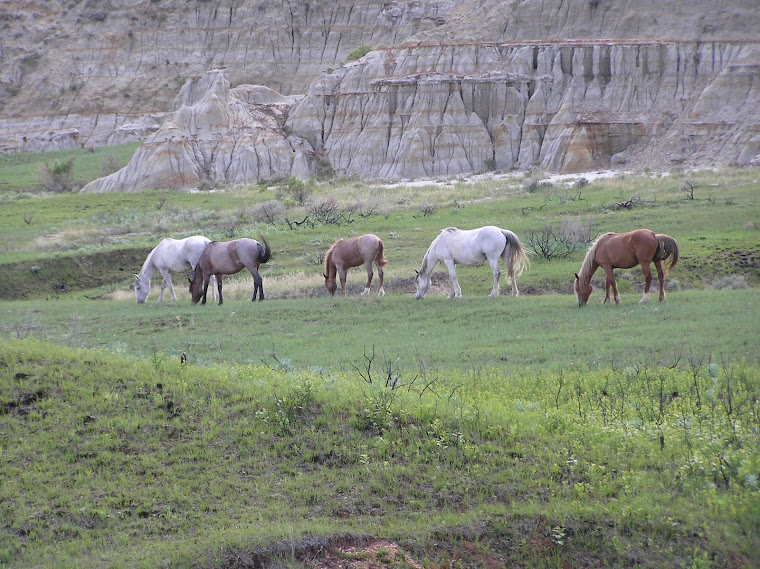
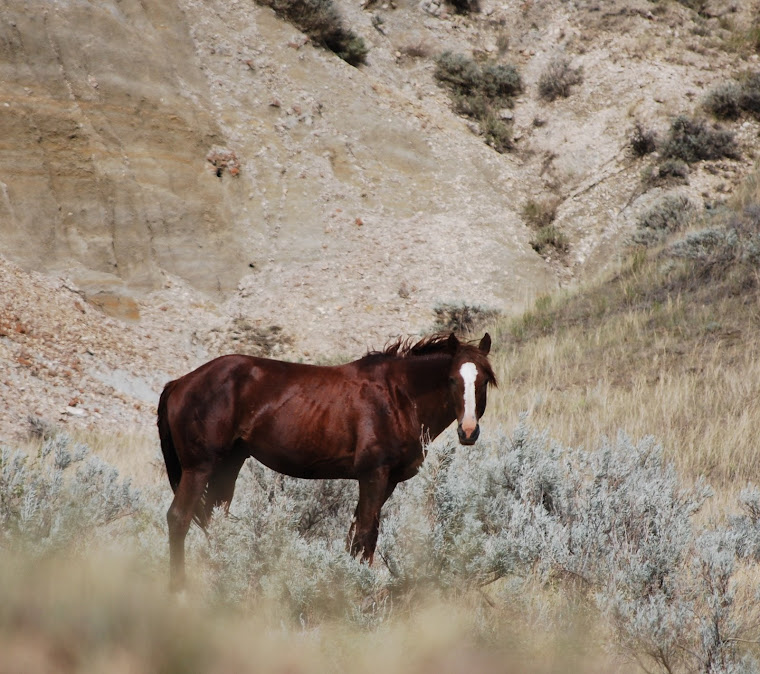

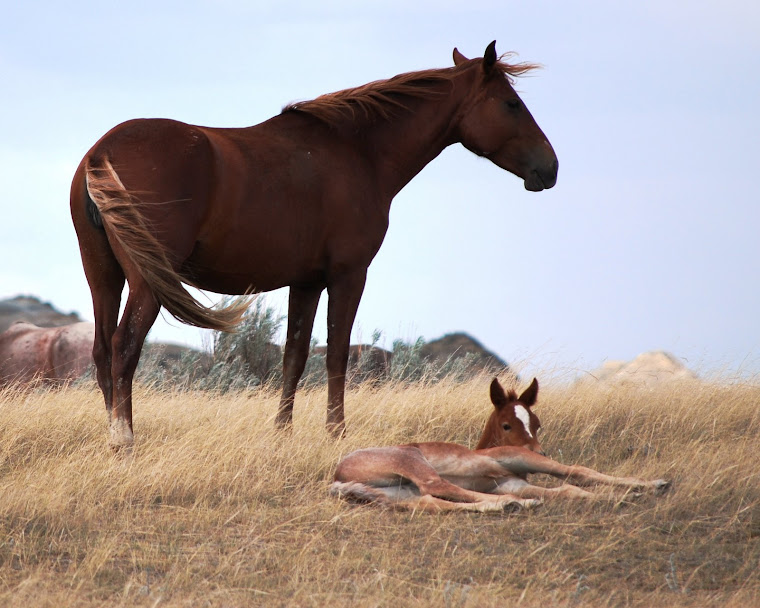
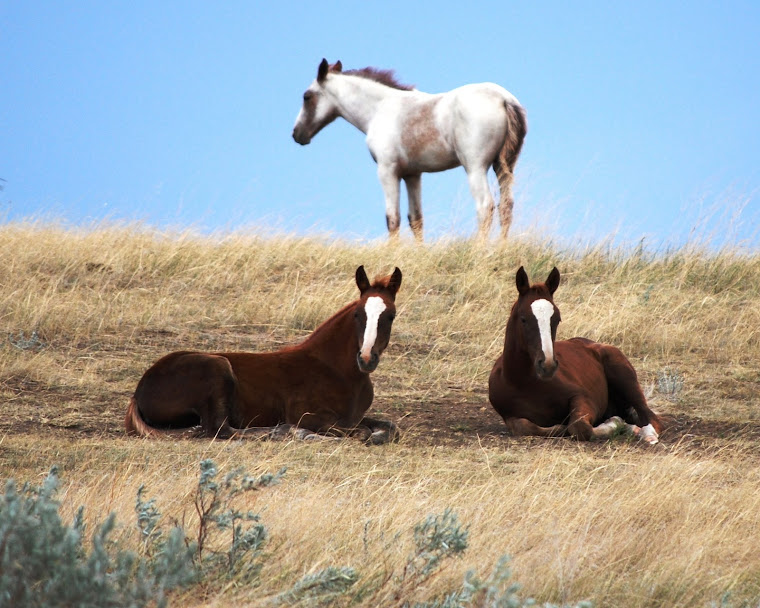
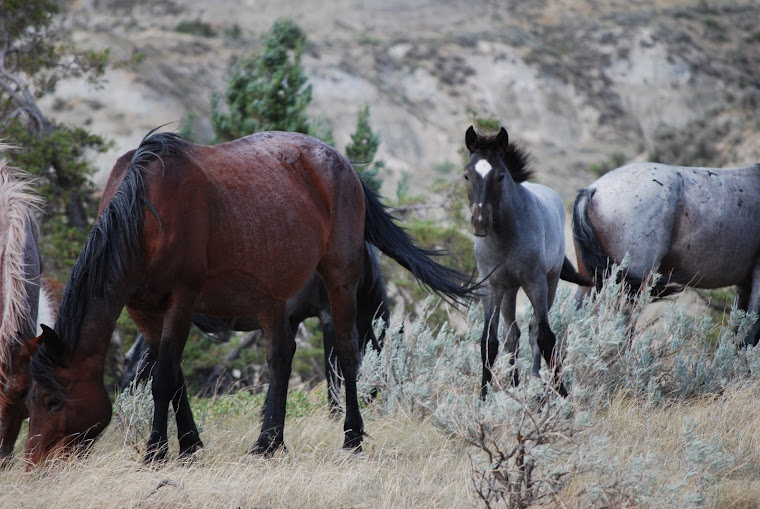

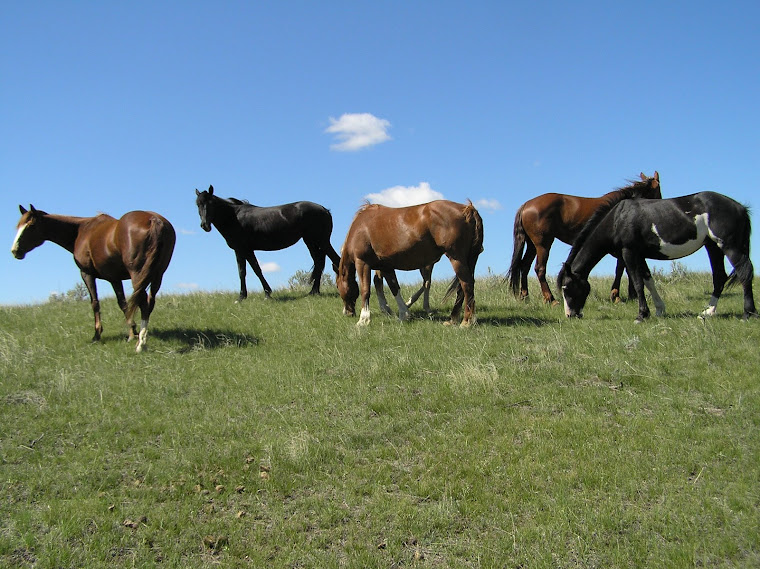
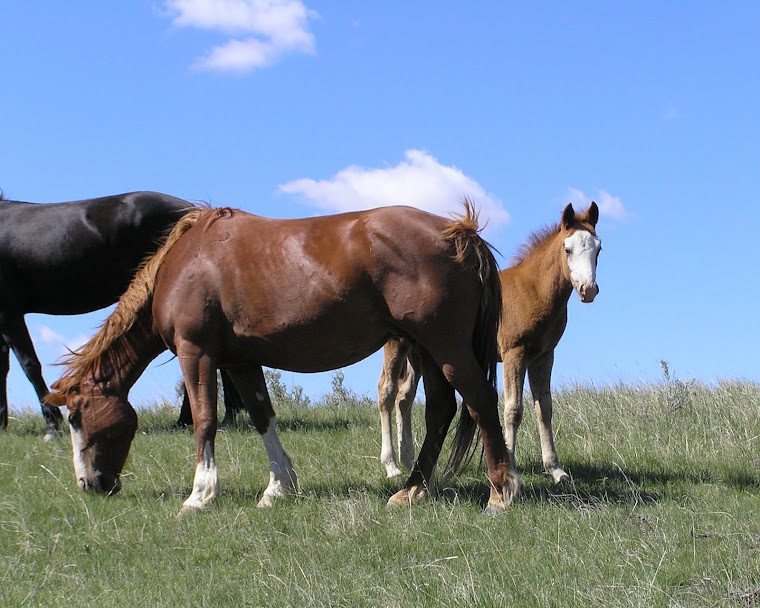

No comments:
Post a Comment